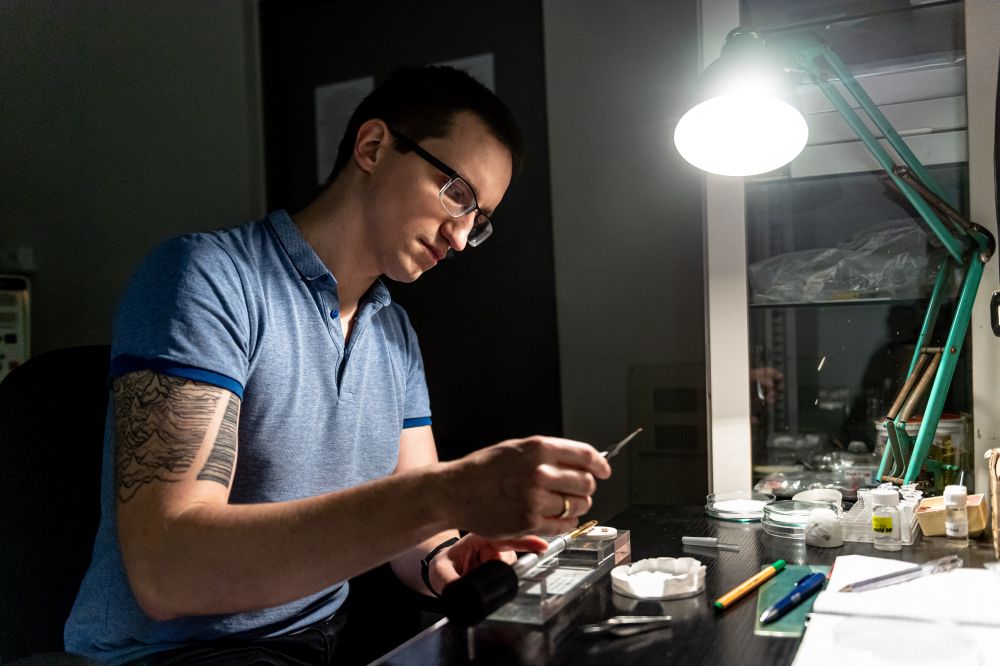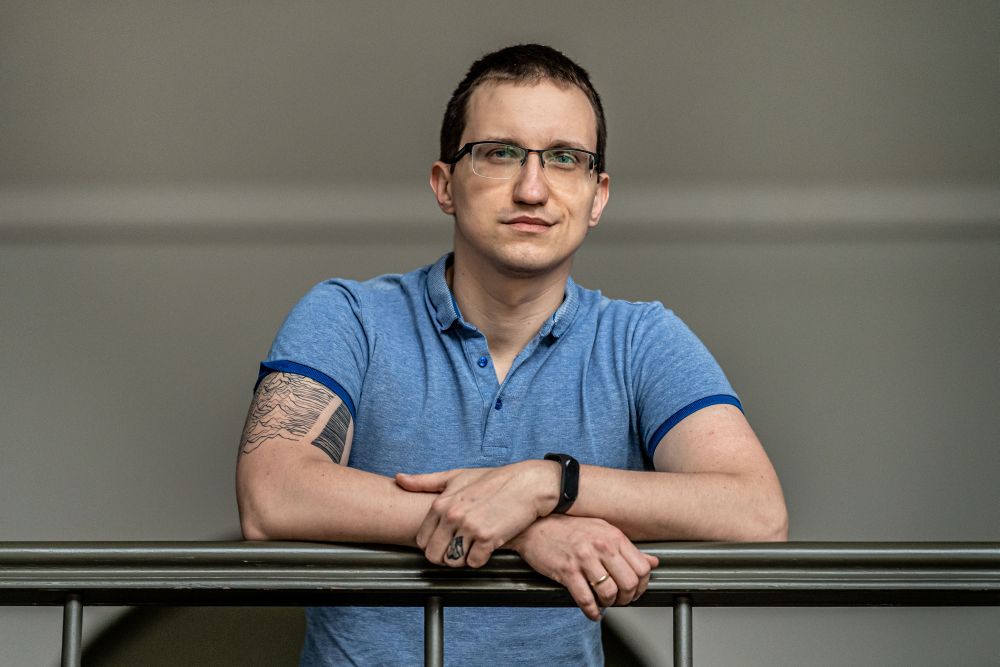YOUR BROWSER IS OUT-OF-DATE.
We have detected that you are using an outdated browser. Our service may not work properly for you. We recommend upgrading or switching to another browser.
Date: 18.03.2021 Category: general news, science/research/innovation
The latest issue of the prestigious journal “Applied Catalysis B: Environmental” includes an article summarising research into modified (titanium dioxide) photocatalysts developed with lanthanide-based organometallic structures. The research was conducted by a team of scientists from the University of Gdańsk, with some of the analyses performed by Andrzej Żak, PhD, Eng. from Wrocław University of Science and Technology.

The journal, published by the Elsevier publishers, presents research results from around the world relating to catalysis in the context of broadly defined environmental protection. In “Applied Catalysis B: Environmental” researchers announce the results of their projects related, among other things, to the catalytic elimination of environmental pollutants, catalytic reactions in which waste is transformed into useful products, clean production replacing toxic chemicals with environmentally friendly catalysts, or new catalytic combustion and catalytic agent technologies. The journal boasts a very high citation index (impact factor), currently at 16,683.
The researchers dealt with the modification of titanium dioxide-based photocatalysts based on organometallic lanthanide structures. They managed to produce a very efficient and quite stable composite with an architecture resembling an extended coating which improves the efficiency of photocatalysis – i.e. catalysis occurring under the influence of light radiation. Among other things, photocatalysis is applied in the purification of air, water, various surfaces, and even to destroy cancer cells, bacteria, or fungi.
The authors of the paper created a novel photocatalytic system consisting of a network of lanthanides and carboxylates, as well as titanium dioxide, which in this combination reacts to visible radiation (i.e. the light we see with our eyes). This is important because ultraviolet (UV) radiation is usually required for an effective photocatalysis process.
The researchers observed a new type of metal-organic frameworks (MOF) in the composite they produced. They confirmed their occurrence by combining the X-ray diffraction (XRD) and transmission electron microscopy (TEM) methods. In these phases, metal molecules are coordinated with organic ligands thus forming periodic structures similar to a crystal lattice. – Nevertheless, these aren’t typical crystals – albeit they have some features of a crystalline structure, such as crystallographic planes. Most importantly, however, these phases significantly improve the efficiency of the photocatalysis process – says Andrzej Żak, PhD.
For one of the composites (neodymium-based), the researchers observed up to a 19-fold increase in photocatalytic activity compared to the base material. They expect that the results of their research could help increase the photoactivity of semiconductors and could be applied for commercial purposes.
Dr Żak from WUST, as a participant in the research, was responsible for detecting and distinguishing the phases present in the composite using a transmission electron microscope.
 – As my colleagues didn’t find any references to the phases which we observed in the available databases of crystal lattices, we put forward a hypothesis that these were new structures – he says. – We, therefore, described them in as much detail as current methods allow, which will certainly make it easier for other researchers, who will tackle this subject in the future.
– As my colleagues didn’t find any references to the phases which we observed in the available databases of crystal lattices, we put forward a hypothesis that these were new structures – he says. – We, therefore, described them in as much detail as current methods allow, which will certainly make it easier for other researchers, who will tackle this subject in the future.
The research was conducted as part of the project entitled "New REOF@TiO2 type nanomaterials potentially applicable in photocatalytic processes", led by Patrycja Parnicka from the Faculty of Chemistry of the University of Gdańsk. For Dr Żak, this wasn’t the first collaboration with the researchers from Gdańsk, as their jointly written article, also related to photocatalysis research, was published in the Journal of Hazardous Materials (citation index of 9.038) last year. Further joint research projects are also planned.
The main research subject of interest to Dr Żak is in situ microscopy and modifying the electron microscope to perform a specific experiment directly during electron observations. His current work focuses on subjecting the preparation under observation to light. The researcher is last year's winner of the Secundus programme.
Our site uses cookies. By continuing to browse the site you agree to our use of cookies in accordance with current browser settings. You can change at any time.